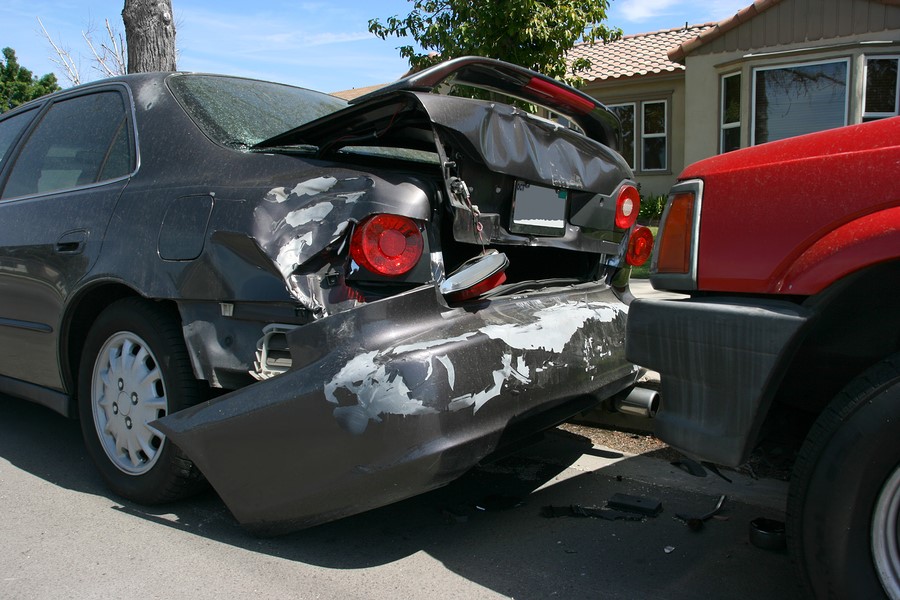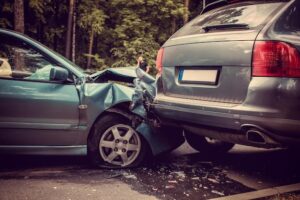
Rear-end accidents are one of the most common types of vehicle collisions. Determining liability in these cases is often straightforward but can become complicated under certain circumstances. While many assume that the driver in the rear is always at fault, this isn’t always true. Understanding the factors involved in finding liability in a rear-end collision can help you protect your rights and seek compensation for any damages incurred.
The Basic Rule: The Rear Driver is Typically at Fault
In most rear-end accidents, the driver who hits the vehicle in front is usually held liable. The reasoning is simple: drivers are expected to maintain a safe following distance, allowing them to stop if the car ahead slows down or stops suddenly. If a rear-end collision occurs, it’s typically because the following driver was either distracted, speeding, or not paying enough attention to the road.
However, even in clear cases, proving fault requires proper documentation and evidence. This may include police reports, witness statements, and photographs from the accident scene.
Exceptions to the Basic Rule
While the rear driver is often responsible, several exceptions can shift liability, either partially or entirely, to the front driver or even a third party. These exceptions include:
- Sudden Stops or Unsafe Driving
If the driver in front stopped suddenly without reason, or engaged in unsafe driving, they could be partially at fault. For example, a driver who slams on the brakes to avoid an animal on the road or makes a last-minute turn may be deemed to have acted negligently. In these cases, the rear driver might not be fully liable. - Brake Lights or Turn Signals Not Working
If the front vehicle’s brake lights or turn signals were not functioning, the rear driver may have had less time to react. In this case, the fault could shift to the front driver for not maintaining their vehicle properly. - Multi-Car Pileups
In accidents involving multiple vehicles, determining liability becomes more complex. In these cases, the rear driver may push one car into another, causing a chain reaction. Fault can be shared among several drivers, depending on the specific actions each took leading up to the accident.
Shared Liability: Comparative and Contributory Negligence
Some states follow the principle of comparative negligence, where liability is divided based on the degree of fault each party bears. For example, if the rear driver was following too closely but the front driver made a sudden, unnecessary stop, both may share responsibility for the accident.
In states with contributory negligence laws, a driver cannot recover damages if they are found even partially at fault for the accident. It’s essential to know which legal standard applies in your state to understand how liability might be determined in your case.
Proving Fault in a Rear-End Accident
Proving fault involves gathering sufficient evidence to demonstrate that one party acted negligently, leading to the accident. Some key pieces of evidence in rear-end collisions include:
- Police Reports
A police report provides an unbiased account of the accident, including statements from both drivers, witness accounts, and the responding officer’s observations. This can be crucial for determining who was at fault. - Photographs
Photos from the accident scene, including vehicle damage, road conditions, and any skid marks, can provide evidence of what happened. These photos can help reconstruct the accident and support your claim. - Witness Statements
Eyewitnesses can offer valuable testimony, especially if they observed erratic driving or a sudden stop that contributed to the collision. Their accounts can help clarify the circumstances leading to the crash. - Traffic Cameras or Dashcam Footage
In some cases, video evidence can definitively show how the accident occurred. Dashcam footage from either vehicles or surveillance cameras from nearby businesses can be instrumental in determining liability.
What to Do After a Rear-End Accident

If you’re involved in a rear-end collision, taking the right steps can protect your rights and help you build a strong case. Here’s what you should do immediately following the accident:
- Check for Injuries
Ensure that everyone involved is safe. If there are injuries, call for medical assistance right away. - Contact the Police
Even in minor accidents, it’s important to have a police report. This official document will serve as a critical piece of evidence in determining liability. - Document the Scene
Take photos of the vehicles, any visible damage, road conditions, and traffic signs. This documentation will be valuable later when assessing fault. - Gather Information
Exchange contact and insurance information with the other driver. If there are witnesses, get their names and phone numbers. - Seek Legal Advice
Consulting an attorney can help you understand your rights and guide you through the process of filing a claim, especially if liability is contested.
Conclusion
Determining liability after a rear-end accident is typically straightforward, but exceptions can complicate the process. While the rear driver is usually at fault, factors such as sudden stops, malfunctioning brake lights, or multi-vehicle accidents may shift responsibility. Understanding these nuances, along with gathering proper evidence, is crucial for establishing who is liable. If you’re involved in a rear-end collision, taking the right steps can help protect your rights and ensure a fair resolution.


More Stories
Best Wheel Size for Off-Road Adventures: What People Get Wrong
Trusted Auto Collision Repair That Restores Both Performance and Peace of Mind
What You Need to Know About Tire Pressure in Winter vs Summer